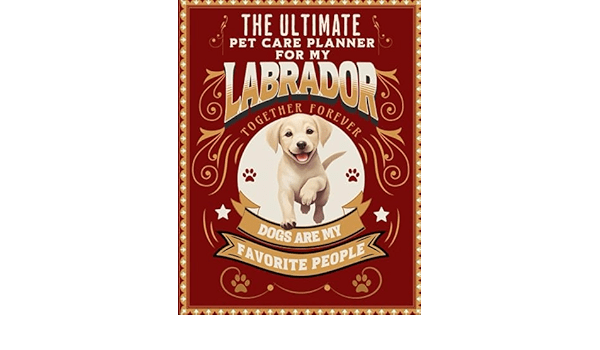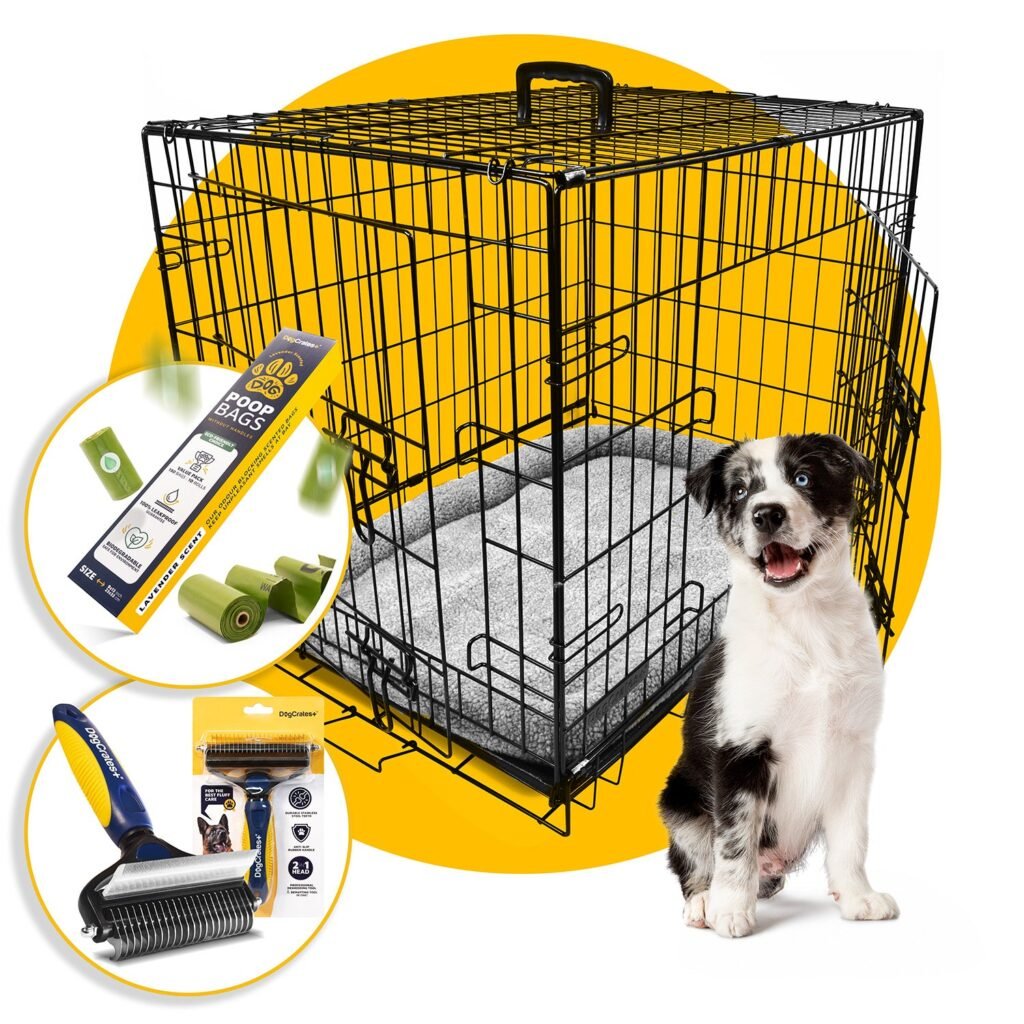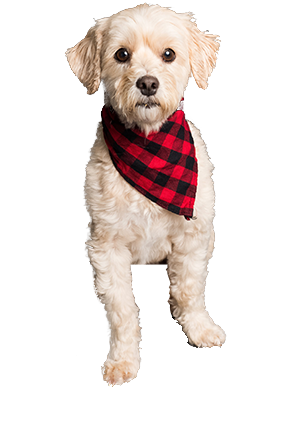Have you ever wandered into a pet store, overwhelmed by the rows and rows of dog collars staring back at you, each one claiming to be the best for your four-legged friend? It’s like those cereal aisles—endless, incredibly colorful, but somehow all a bit the same. But we’re not here to talk breakfast foods. Let’s focus, instead, on the ultimate question of what are the best collars for dogs.
Grab a cozy seat and maybe even your dog, although the latter might just prefer lounging elsewhere unless you’re handing out treats. Whether you’re a new dog parent or a seasoned one, choosing a collar still feels like venturing into a jungle with no compass. Fear not, I’m here to be your trusty guide through this enigma that is the world of dog collars.
Understanding the Purpose and Importance of Dog Collars
Let’s start from scratch, shall we? Why do we even bother putting these little loops of material around our dogs’ necks? Surely, the dogs themselves have pondered this question as much as they ponder the meaning of life—or at least the next treat.
Identification and Safety
The most straightforward purpose of a dog collar is identification. It’s the doggie equivalent of your driver’s license. If your fabulous furry companion were to ever make a great escape, the collar with an ID tag ensures that any equally wonderful human can help them find their way back to you, their beloved human.
Safety is another key reason. When walking your dog, the collar allows you to attach a leash, providing control (or at least the illusion of control) during those moments when your dog decides it’s suddenly the track day at the park.
Training
A collar can also be a handy tool in the world of dog training. It’s akin to your yoga instructor gently correcting your form; it offers guidance without drama. Certain collars are designed to assist with specific training needs, from reducing pulling to discouraging barking.
Fashion and Expression
And let’s not forget fashion. Much like you might express yourself with an extravagant scarf or a choice pair of socks, collars can be a statement. They come in all varieties of colors, patterns, and materials to match any personality being exuded by your fabulous pooch.
Types of Dog Collars
As bewildering as a bookstore’s self-help section, there’s a barrage of types and styles. Each has its intended purpose, material benefits, and, of course, its group of enthusiastic canine fans.
Flat Collars
Think of a flat collar as the basic, goes-with-everything t-shirt of dog collars. Constructed from materials like nylon, leather, or even fabric, they’re the most common choice for everyday wear. These collars are fully customizable with ID tags or embroidery.
Pros:
- Simple and easy to adjust
- Perfect for everyday use
- Variety of designs and materials
Cons:
- Not always ideal for dogs that pull aggressively
Martingale Collars
Now we are entering the world of dogs who like options and control. The martingale, or no-slip collar, offers an elegant solution for canines with necks wider than their heads (think: the Greyhound). It gently tightens when the dog pulls, preventing escapes, while avoiding the severe pressure of a choke chain.
Pros:
- Prevents escape for slim-headed dogs
- Provides gentle control without choking
Cons:
- Requires proper adjustment for comfort and safety
Choke Chain Collars
Picture a tough-looking biker jacket—perhaps functional but not typically necessary for most scenarios. These collars, crafted mostly from metal, are designed to tighten around a dog’s neck when pulled. They’re often used in training aggressive or larger, stronger breeds.
Pros:
- Strong control for powerful dogs
Cons:
- Can cause injury if used improperly
- Not recommended for non-expert users
Prong or Pinch Collars
These are somewhat contentious in the canine community, akin to pineapple on pizza. They consist of metal prongs that press into the dog’s neck when pulled. They can be beneficial in strong-handed training scenarios.
Pros:
- Effective for strong-willed dogs
Cons:
- Can cause harm if misused
- Must be fit correctly
Harnesses
While not technically a collar, harnesses have gained popularity for their control and support features. They distribute pressure across a dog’s chest and back rather than the neck.
Pros:
- Great control without neck strain
- Ideal for dogs that pull
Cons:
- Can be cumbersome to fit
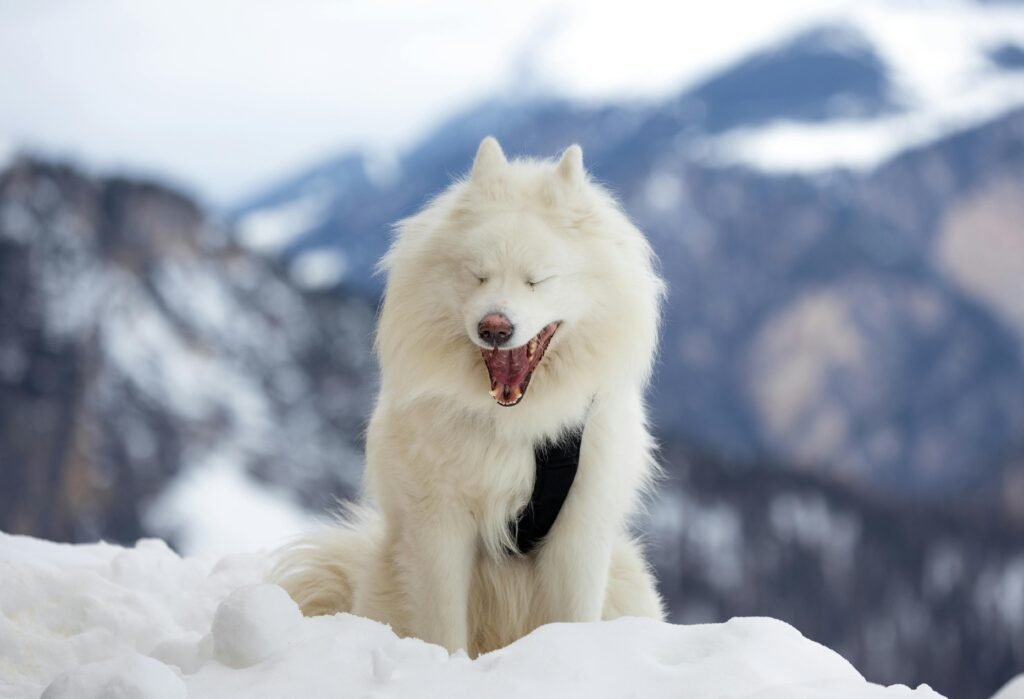
This image is property of images.pexels.com.
Factors to Consider When Selecting a Collar
This is where it becomes a soul-searching endeavor. You might even learn a bit about your dog in the process.
Size and Fit
This may seem obvious, but a collar must fit properly. Measure your dog’s neck and ensure the collar is snug, but not tight, with room for two fingers between the collar and the neck—much like the optimal waistband tightness for post-holiday jeans.
Material
From leather’s classic style to nylon’s rainbow of options, materials matter. Consider durability, ease of cleaning, and any potential skin sensitivities your pup may have (it’s like selecting bed sheets, if bedsheets could chew your shoes).
Purpose
Keep in mind the primary use. If you need it primarily for ID, a flat collar will do. For training, a more specialized design may be warranted.
Durability and Safety
Ensure the collar is crafted to withstand your dog’s lifestyle. Take note of closure mechanisms; a secure buckle is better than a fashionable snap for those Houdini-like pups.
Popular Collar Brands and Recommendations
Choosing a brand can often feel like choosing the perfect draft in a sports fantasy league—some educated guesses, a dash of personal preference, and, occasionally, just plain luck.
Reliable Brands
| Brand | Highlight | Price Approximation |
|---|---|---|
| Ruffwear | Adventure-focused, sturdy | $$ |
| Lupine | Guaranteed for life | $ |
| Blueberry Pet | Fashion-forward options | $$ |
| PetSafe | Training-specific designs | $$ |
| Herm Sprenger | High-quality metal collars | $$$ |
Recommendations
-
Ruffwear Front Range Collar: Perfect for the adventurous dog with comfort and style in mind.
-
Lupine Original Collar: Offers fun patterns and comes with an incredible “even if chewed” warranty.
-
Blueberry Pet Classics: Excellent for chic, everyday wear with numerous colors to suit any coat.
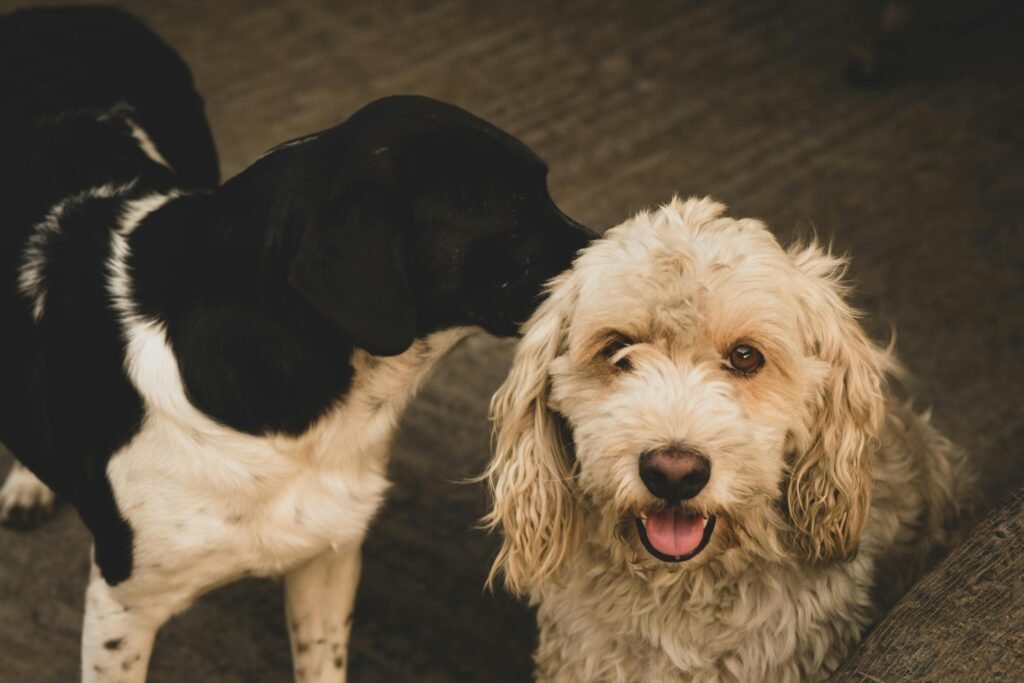
This image is property of images.pexels.com.
When to Switch Collars
Think of collars as shoes; over time, they might begin to wear and need replacing. Regular checks for frays, rusting hardware, or size adjustments as your dog grows—or perhaps shrinks, with the right diet—are crucial.
Signs You Need a New Collar
-
Wear and Tear: It’s like those sneakers you’ve worn for a year too long. Threads coming undone or buckles that start to look ready for retirement are clear markers.
-
Size Changes: If your fabulous pooch suddenly experiences a growth spurt or weight change, it’s time to reassess the fit.
-
Discomfort or Behavioral Changes: If your dog starts scratching at the collar or if you notice any wear marks on their skin, it’s a definite cue to reassess your options.
Tips on Using Collars Wisely
The wise dog owner knows how to employ a collar both effectively and comfortably for their pet. It’s about more than just fastening a leash—it’s a lifestyle choice.
Proper Use Instructions
- Adjustment: Always check that it’s set at a comfortable level.
- Supervision: Just as you wouldn’t leave a toddler unsupervised with a sandwich, don’t leave your dog alone with a collar that may get snagged on something.
- Regular Check-ups: Just a quick look-over to catch any initial signs of wear or sizing issues.

This image is property of images.pexels.com.
Conclusion
Embarking on this journey—choosing the best collar for your dog—is an act of love disguised as a shopping errand. Fuelled by both desire to keep them safe and occasionally by the urge to dress them in something adorable, you make these choices thoughtfully. Collars aren’t mere accessories, they are vital threads in the fabric of a happy, secure dog-life.
So, next time you’re standing in that aisle, pondering if your Pomeranian would really appreciate a rhinestone-encrusted statement piece, remember this guide. Remember the purpose, the fit, and a touch of style extravagance. Your dog may not thank you in words, but watch for the tail wag of approval.



